Choosing the right wood for your bathroom vanity is crucial. It's not just about aesthetics, but also about durability and resistance to moisture.
Solid wood bathroom vanities are a popular choice. They offer a unique blend of style and functionality that's hard to beat.
But not all woods are created equal. Some are naturally more resistant to water, making them ideal for bathroom use.
Teak, cedar, oak, maple, cherry, walnut, and mahogany are among the top choices. Each has its own unique properties that make it suitable for a bathroom vanity.
In this guide, we'll delve into these options. We'll explore their benefits, drawbacks, and what makes them stand out.
Whether you're a homeowner, an interior designer, or a DIY enthusiast, this guide will help you make an informed decision when choosing wood for your bathroom vanity.
Understanding the Importance of Wood Selection for Bathroom Vanities
Selecting the right wood for your bathroom vanity is essential due to the bathroom's unique environment. Moisture levels can be high, and wood must be able to endure this constant exposure. A solid wood vanity offers durability and a timeless appeal but selecting the wrong type can lead to damage over time.
Different woods offer various levels of resistance to water and humidity. Choosing the right wood not only prevents potential damage but also enhances the vanity's longevity. Moreover, the aesthetic appeal of wood can transform the bathroom into a more inviting and stylish space.
Top Solid Wood Options for Bathroom Vanities

When choosing a bathroom vanity, the wood type you select can make a significant difference. Each wood option offers unique benefits and characteristics that can enhance both the functionality and appearance of your bathroom space.
Teak: The Water-Resistant Wonder
Teak is a highly sought-after wood due to its exceptional water resistance. Its natural oils make it incredibly durable in moist environments, rendering it ideal for bathroom vanities. This wood's distinct golden hue adds warmth, making your bathroom feel cozy and inviting.
Teak's hard surface allows for prolonged use without excessive wear. In addition to its practical advantages, teak wood requires minimal maintenance, providing both beauty and ease of care. This combination of features makes teak an excellent choice for those seeking a long-lasting investment.
Cedar: Aromatic and Moisture-Resistant
Cedar is renowned for its aromatic qualities and moisture resistance. Its natural oils act as a deterrent to both water and insects, extending the life of your vanity. This wood’s unique scent also provides a refreshing aroma that enhances any bathroom.
Cedar features a distinctive reddish hue, offering a rustic yet elegant aesthetic. Additionally, its lightweight properties make it easy to work with during the installation. Opting for cedar can mean a beautiful, practical vanity that requires less maintenance.
Oak: Durable and Classic
Oak is synonymous with durability, known for withstanding everyday wear and tear. White oak, in particular, offers increased water resistance, which is a significant advantage for bathroom applications. Its strong, dense nature ensures longevity, making it an enduring classic in bathroom design.
Oak's grainy texture and natural appeal suit traditional and modern decors alike. Whether stained or left natural, it adds a timeless touch to any vanity design. Investing in oak offers dependable strength paired with a versatile look that transcends trends.
Maple: Hard and Less Porous
Maple is a hard, less porous wood, making it suitable for humid environments like bathrooms. This wood's consistency ensures it can handle variations in temperature and humidity without warping. This characteristic makes it a reliable option for a stable vanity base.
Maple boasts a smooth, fine grain that enables elegant finishes. It is adaptable to various design styles, from contemporary to classic. Its light color provides an excellent base for staining, allowing personalized aesthetics that suit individual tastes.
Cherry: Rich Color and Aging Beauty
Cherry wood is famed for its rich, reddish-brown hue that deepens beautifully over time. As it ages, cherry develops a distinct patina, adding warmth and character to your bathroom. This aging process is unique, giving each vanity a custom look.
In addition to its aesthetic appeal, cherry wood is moderately durable and can withstand regular bathroom conditions. Its smooth texture allows for fine detailing, enhancing its overall elegance. Selecting cherry ensures a vanity that is both visually pleasing and timeless.
Walnut: Strong and Luxurious
Walnut is revered for its luxurious appearance and inherent strength. Its rich, dark color and intricate grain patterns make it a standout choice for those wanting to make a statement. Walnut's durability ensures that it is well-suited to withstand the rigors of a bathroom setting.
Though more expensive, walnut offers unparalleled elegance and depth. Its smooth finish is ideal for crafting detailed cabinetry, adding sophistication to the vanity. Choosing walnut delivers a combination of luxury and resilience, elevating your bathroom's interior.
Mahogany: Classic Aesthetic and Water Resistance
Mahogany exudes classic sophistication with its rich, reddish-brown color. Known for its excellent water resistance, it stands up well to high-moisture areas like bathrooms. Its density and strength prevent warping, making it a reliable choice for a solid wood vanity.
The smooth texture and uniform grain give mahogany a refined aesthetic. While it can be more costly, its investment is justified by its beauty and longevity. A mahogany vanity lends an air of elegance and durability that remains unparalleled.
Factors to Consider When Choosing Wood for Your Vanity
Selecting the right wood for your bathroom vanity requires careful consideration of several factors. Moisture resistance, durability, aesthetic appeal, and environmental impact are all vital elements influencing your decision.
Moisture Resistance and Sealing
Moisture resistance is paramount for wood vanities in bathrooms, where humidity is a constant factor. Selecting wood with natural resistance to moisture, such as teak or cedar, helps prevent damage. Proper sealing enhances the wood's protective capabilities against water infiltration, prolonging its lifespan.
A high-quality sealant acts as a barrier, reducing the risk of swelling or warping. Regular application of sealants also maintains the wood's appearance, ensuring it remains pristine. Prioritizing moisture resistance through both material choice and finishing methods protects your investment long-term.
Wood Durability and Maintenance
Durability should be a key consideration when choosing wood for a vanity. Opt for woods known for their strength, such as oak or walnut, to withstand daily use and bathroom conditions. These choices offer the best balance of toughness and longevity.
Maintenance is equally important to consider. Some woods require minimal upkeep, while others need regular care and refinishing. Understanding the specific care needs of each wood type ensures you can adequately preserve its beauty and functionality.
Aesthetic Appeal and Customization
The wood's aesthetic appeal and the possibility for customization greatly affect the overall design. Each wood type offers unique grain patterns and colors that can complement various bathroom styles. For example, cherry provides a rich, warm tone, while maple offers a versatile palette.
Customization options like staining, carving, and finishing allow personalization. This flexibility enables you to tailor the vanity to match your specific design preferences. Prioritizing aesthetic appeal ensures the vanity enhances your bathroom's visual harmony.
Environmental Impact and Sustainability
When selecting wood for your vanity, consider its environmental footprint. Opt for sustainably sourced wood, such as FSC-certified materials, to ensure responsible forestry practices. This choice supports ecological balance and reduces the impact on natural resources.
Reclaimed wood is another eco-friendly option, providing a unique, sustainable alternative. Choosing environmentally conscious materials can contribute to an eco-friendly bathroom design. Such decisions reflect a commitment to sustainability while creating a stylish and functional space.
Enhancing Your Bathroom Vanity with the Right Sink and Hardware
Choosing the right sink and hardware can significantly elevate your bathroom vanity's functionality and style. The sink should complement the wood type and overall design, whether it’s an elegant vessel, a classic undermount, or a sleek integrated sink. Consider finishes and shapes that harmonize with the vanity's wood tone and texture, creating a cohesive look.
Hardware is more than just functional; it's a style statement. Select hardware that echoes the vanity's aesthetic, such as brushed nickel for a contemporary look or antique brass for a vintage charm. Thoughtful selection of faucets, handles, and knobs enhances your vanity, adding the finishing touches to your bathroom's décor.
Maintenance Tips for Solid Wood Bathroom Vanities
Maintaining a solid wood bathroom vanity is essential for preserving its beauty and longevity. Regular care prevents damage and keeps your vanity looking its best for years to come.
Regular Cleaning and Care
Cleaning your wood vanity should be part of your routine. Use a soft, damp cloth to wipe surfaces, avoiding harsh chemicals that can damage the finish. Mild soap and water work well for everyday grime but ensure you dry it promptly. Regularly dusting prevents buildup that might scratch or dull the wood. Conditioning the wood occasionally with a wood-friendly polish restores its luster and provides added protection.
Protecting Wood from Excessive Moisture
Moisture is wood's biggest enemy in bathrooms. To protect your vanity, ensure good ventilation to minimize humidity. Use exhaust fans during showers to reduce dampness and prevent water from pooling on the surface. Immediately wipe up splashes to avoid water spots and potential warping or staining. Consider using a sealant or finish designed to repel moisture and enhance the wood's natural defenses.
Making the Best Choice for Your Bathroom Vanity
Selecting the ideal wood for your bathroom vanity involves balancing functionality with style. Consider wood types like teak for moisture resistance or walnut for a luxurious look. Evaluate factors like durability, maintenance, and environmental impact. With thoughtful choices, your solid wood bathroom vanity can become a timeless feature.




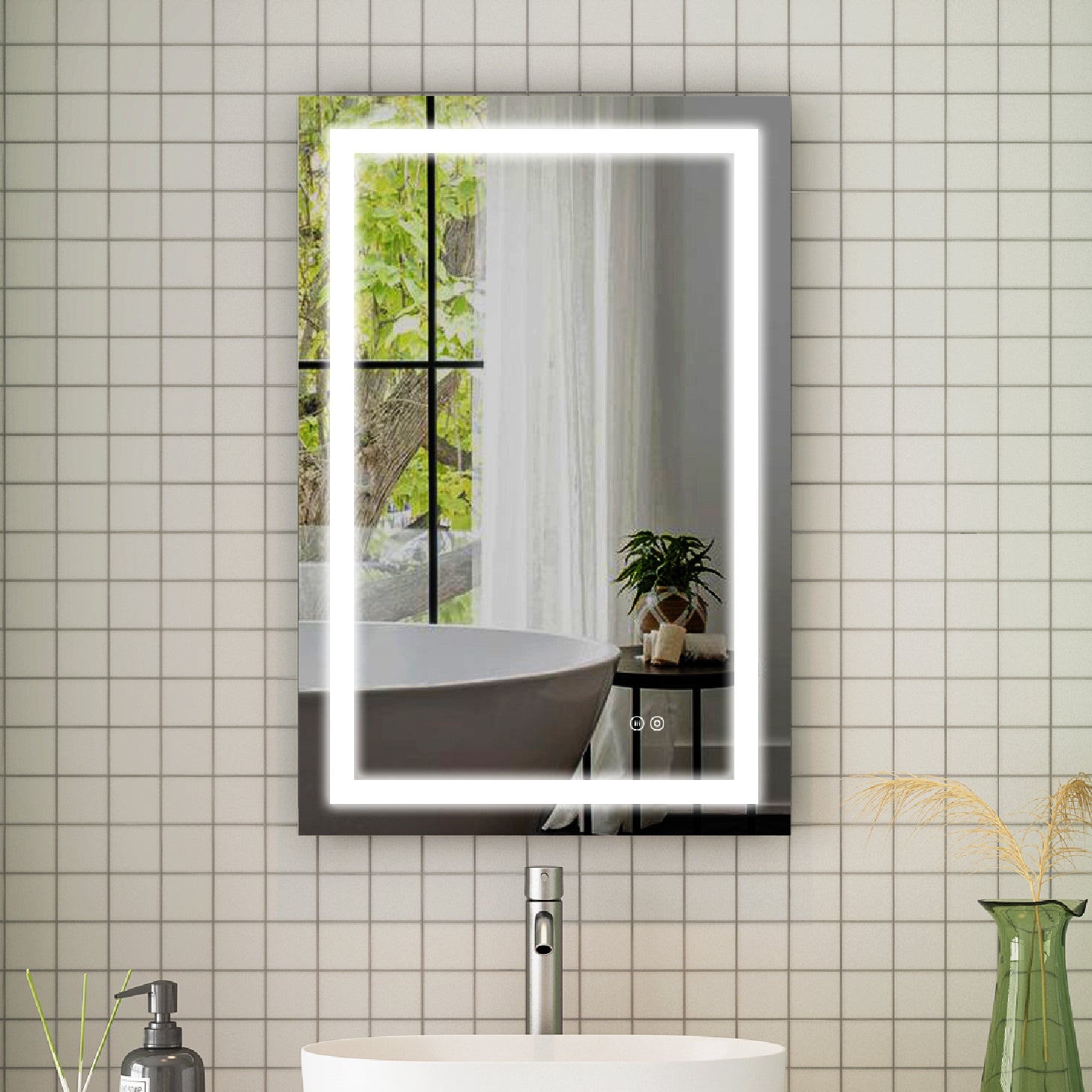

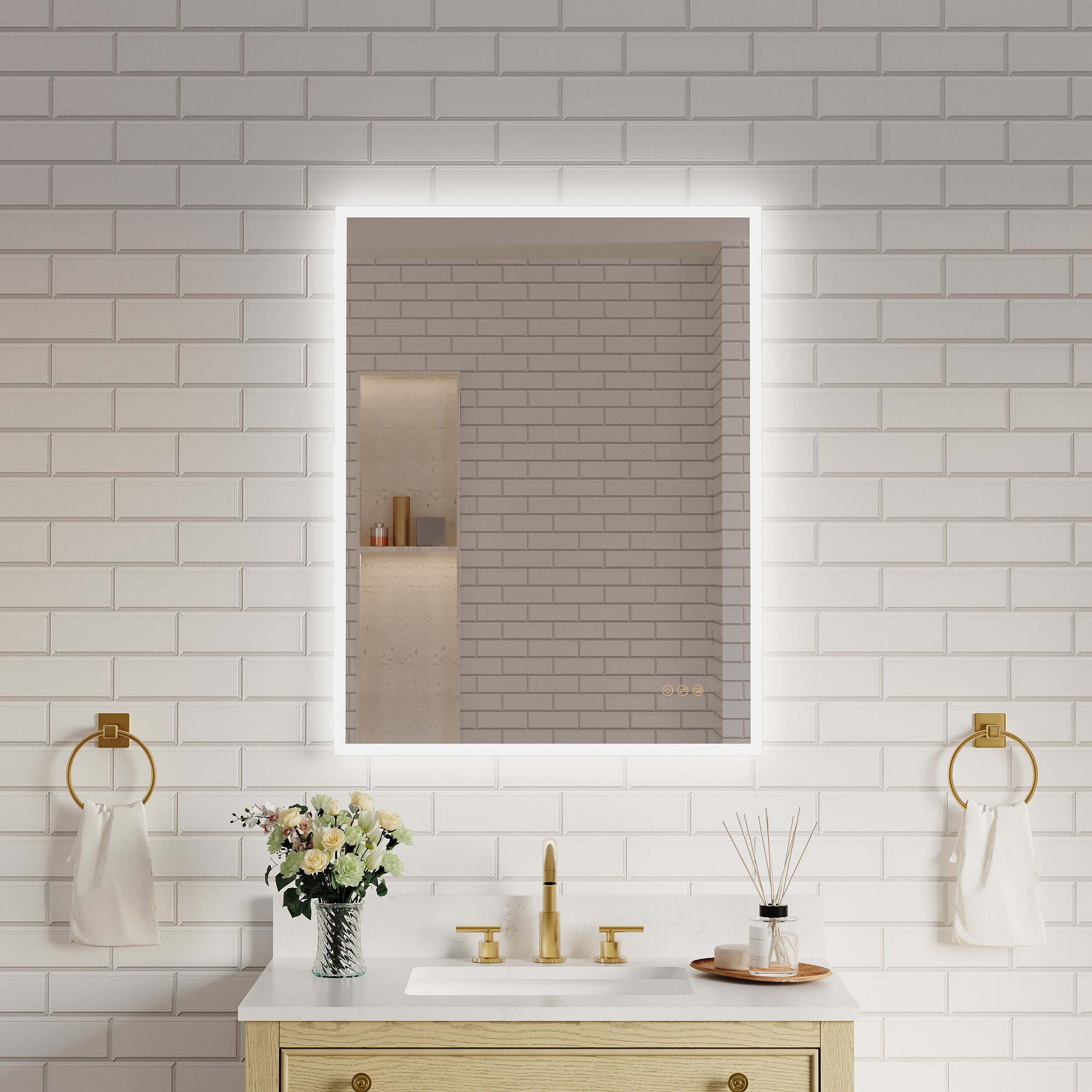


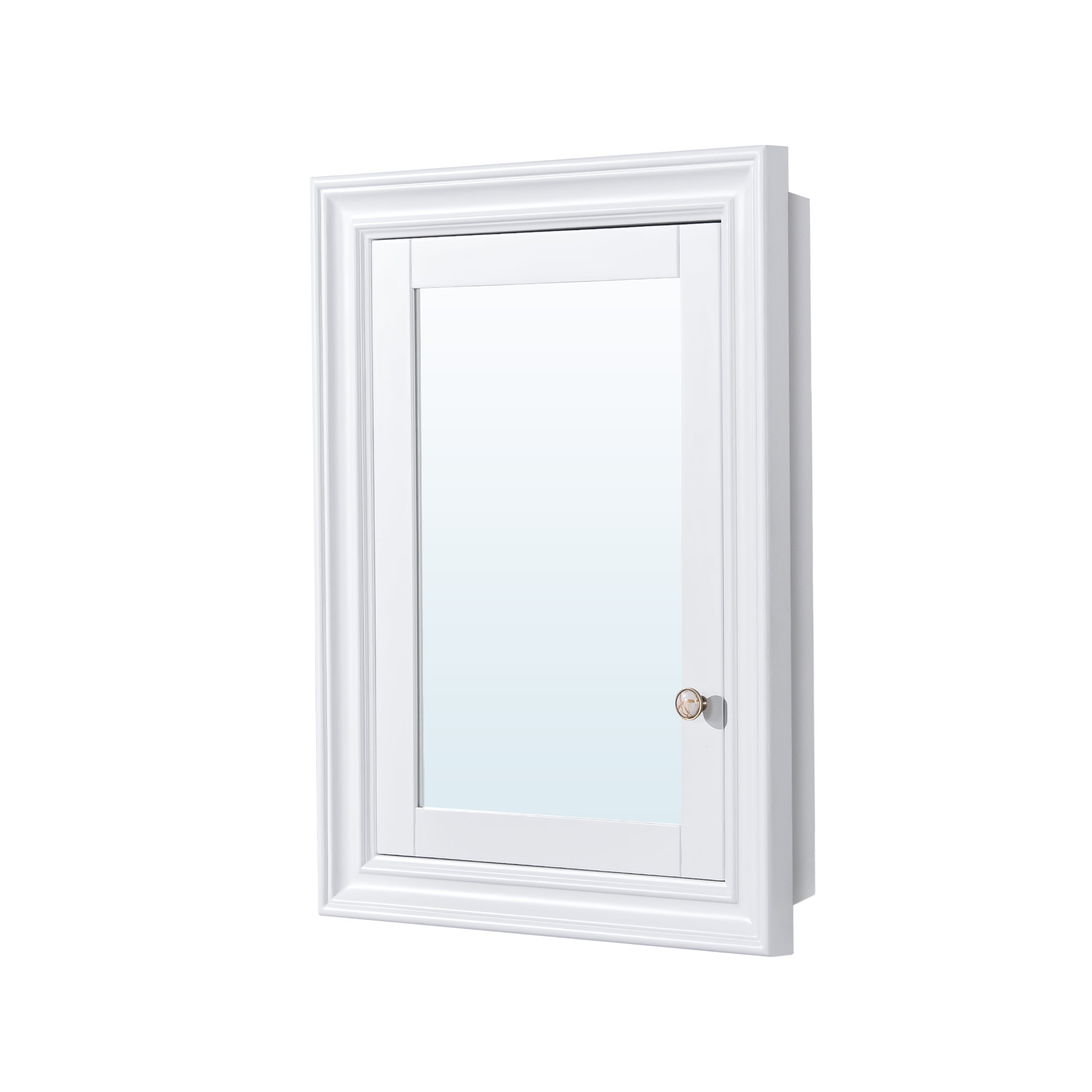
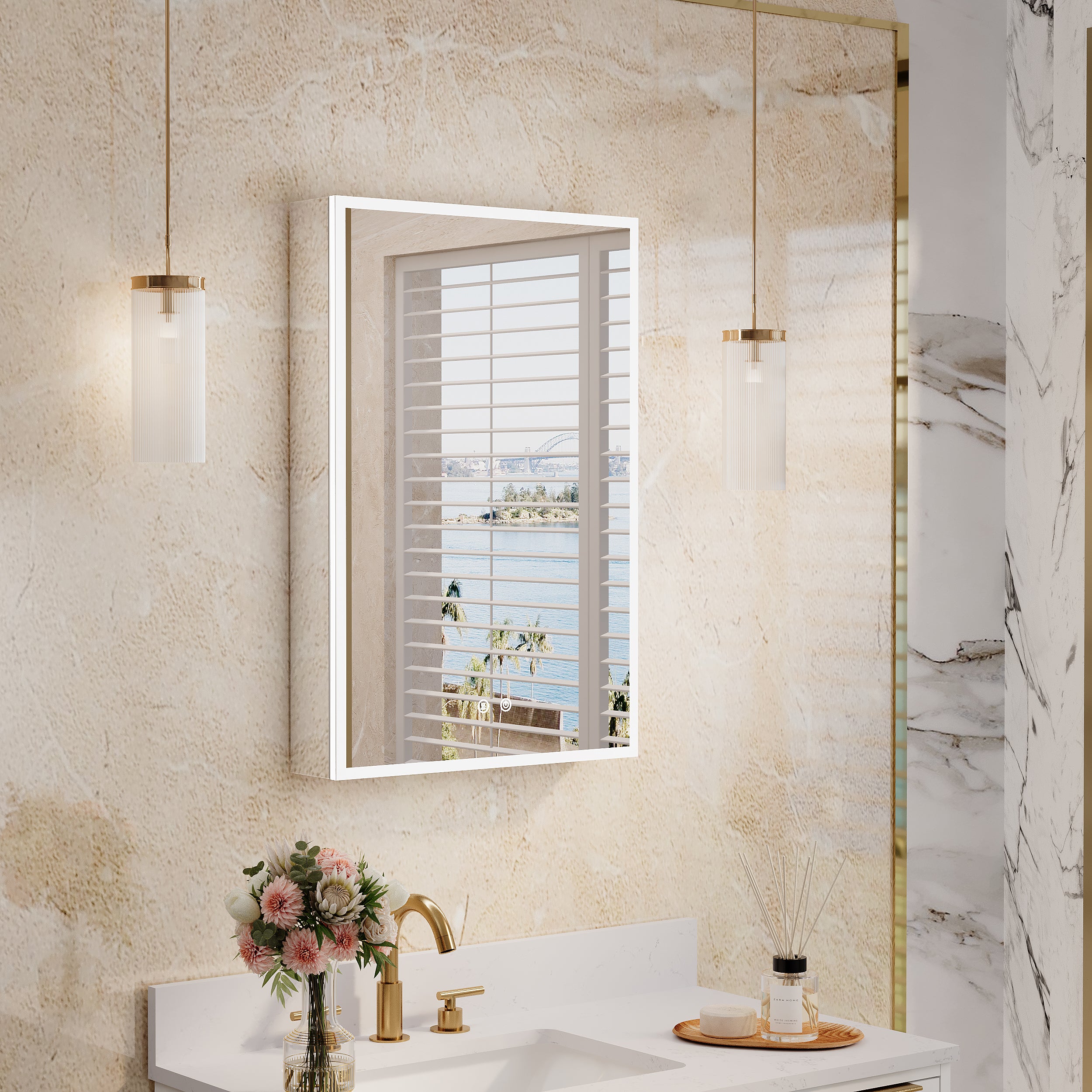
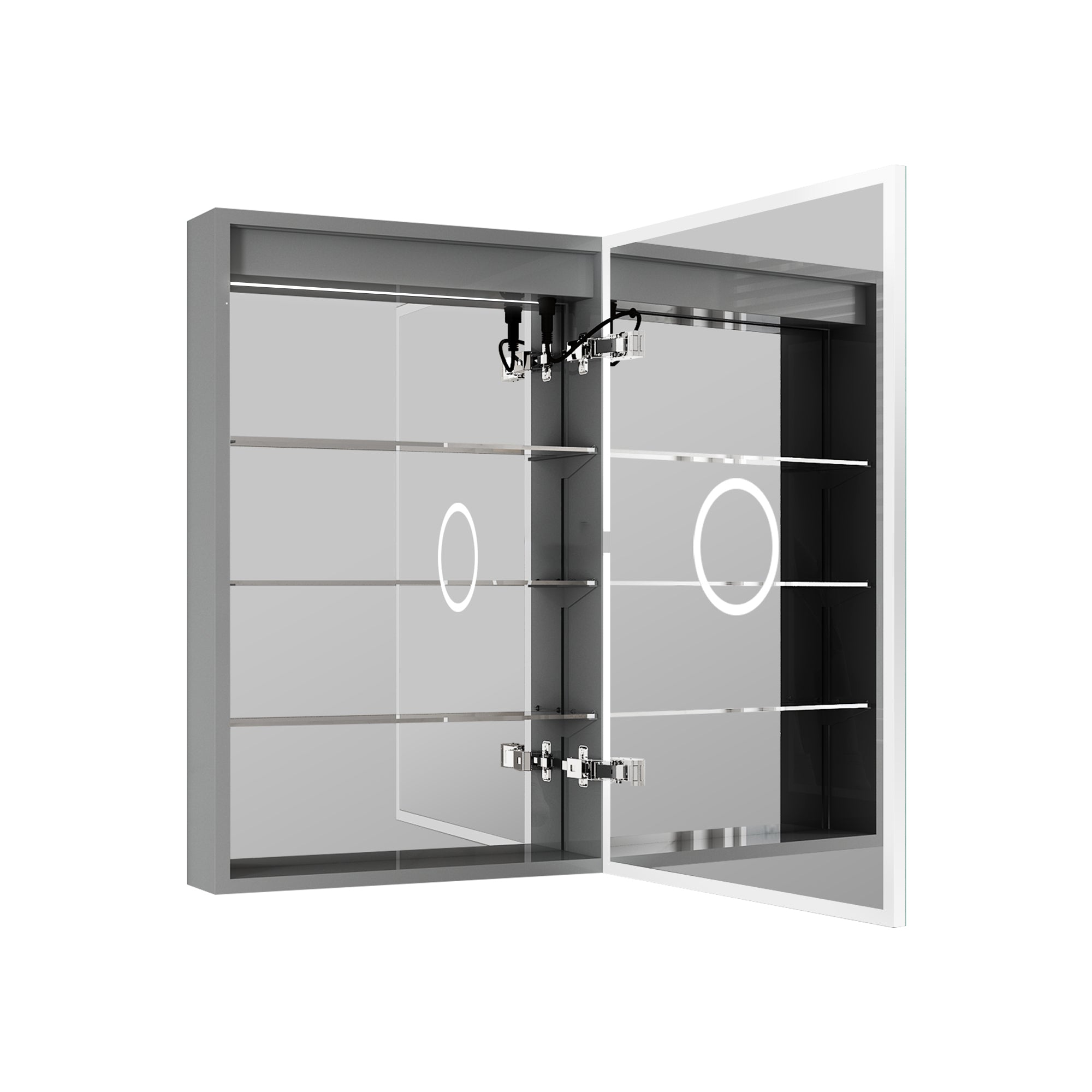
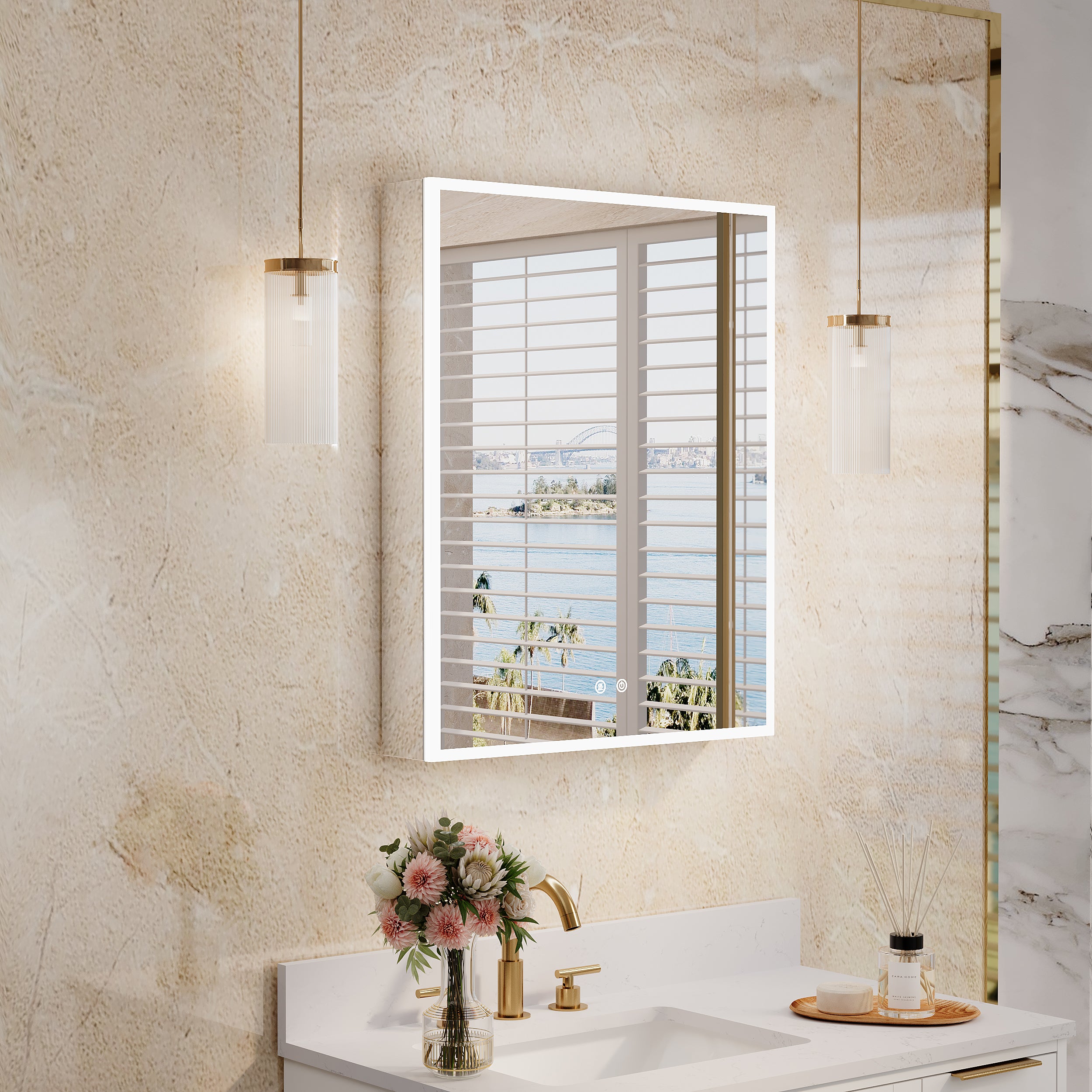
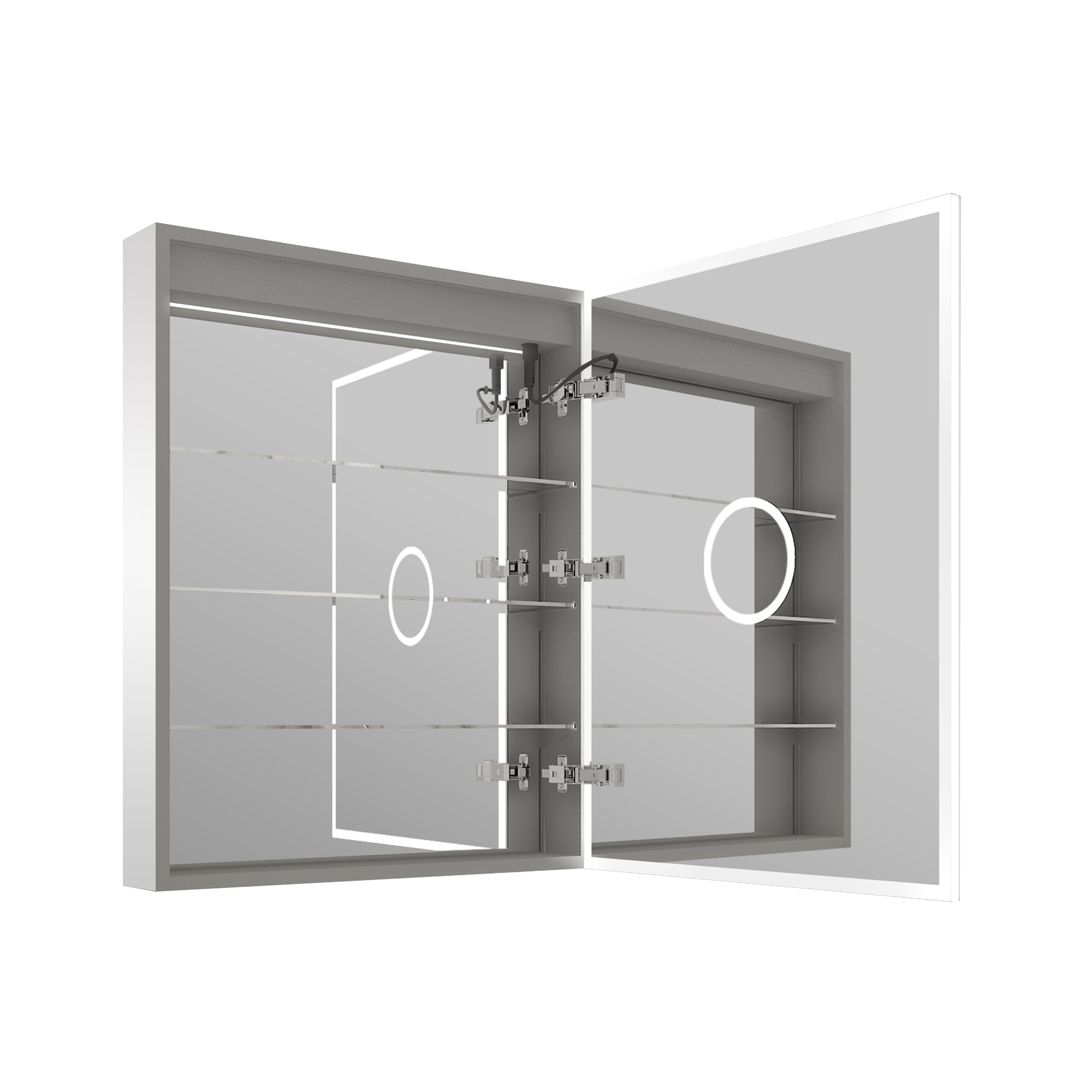
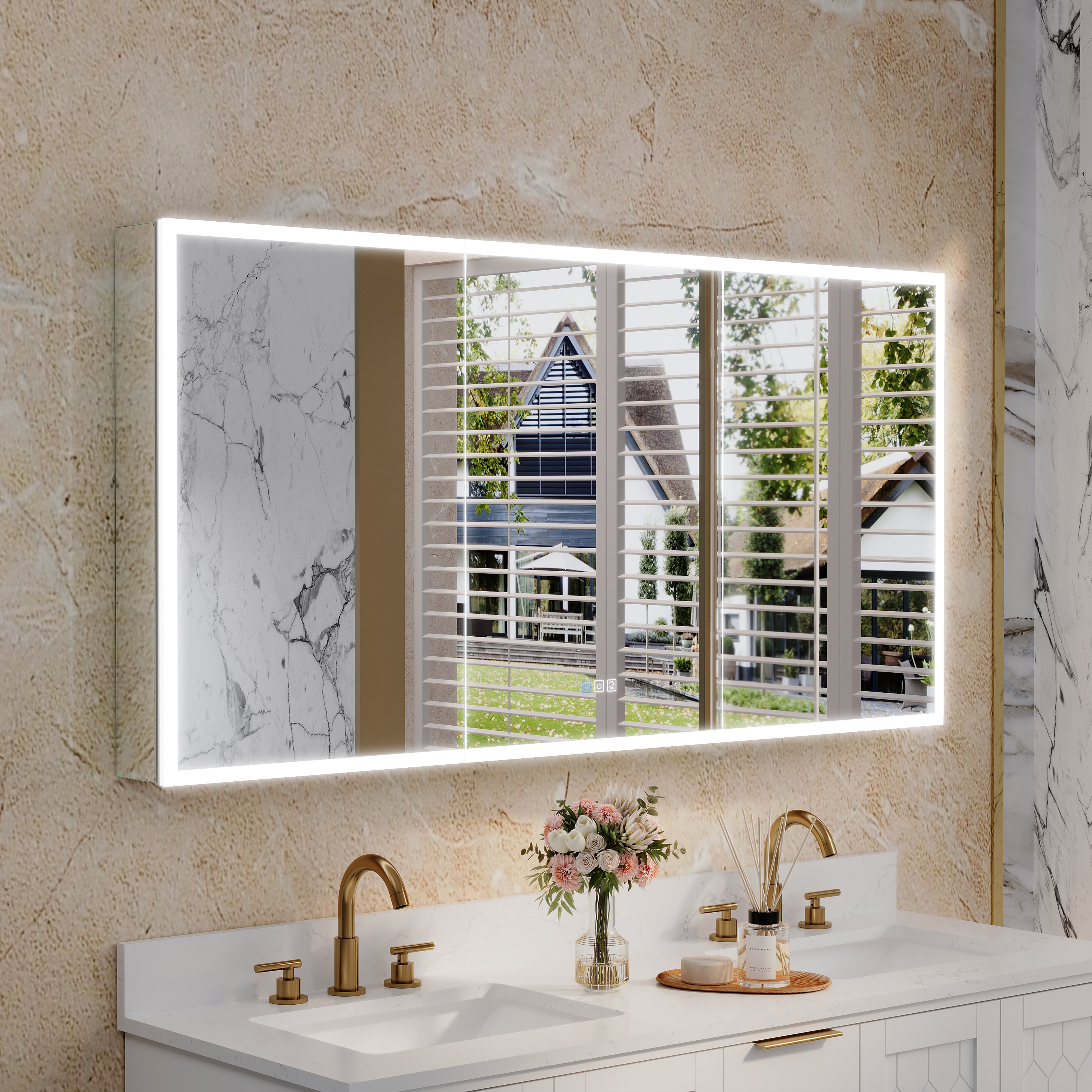
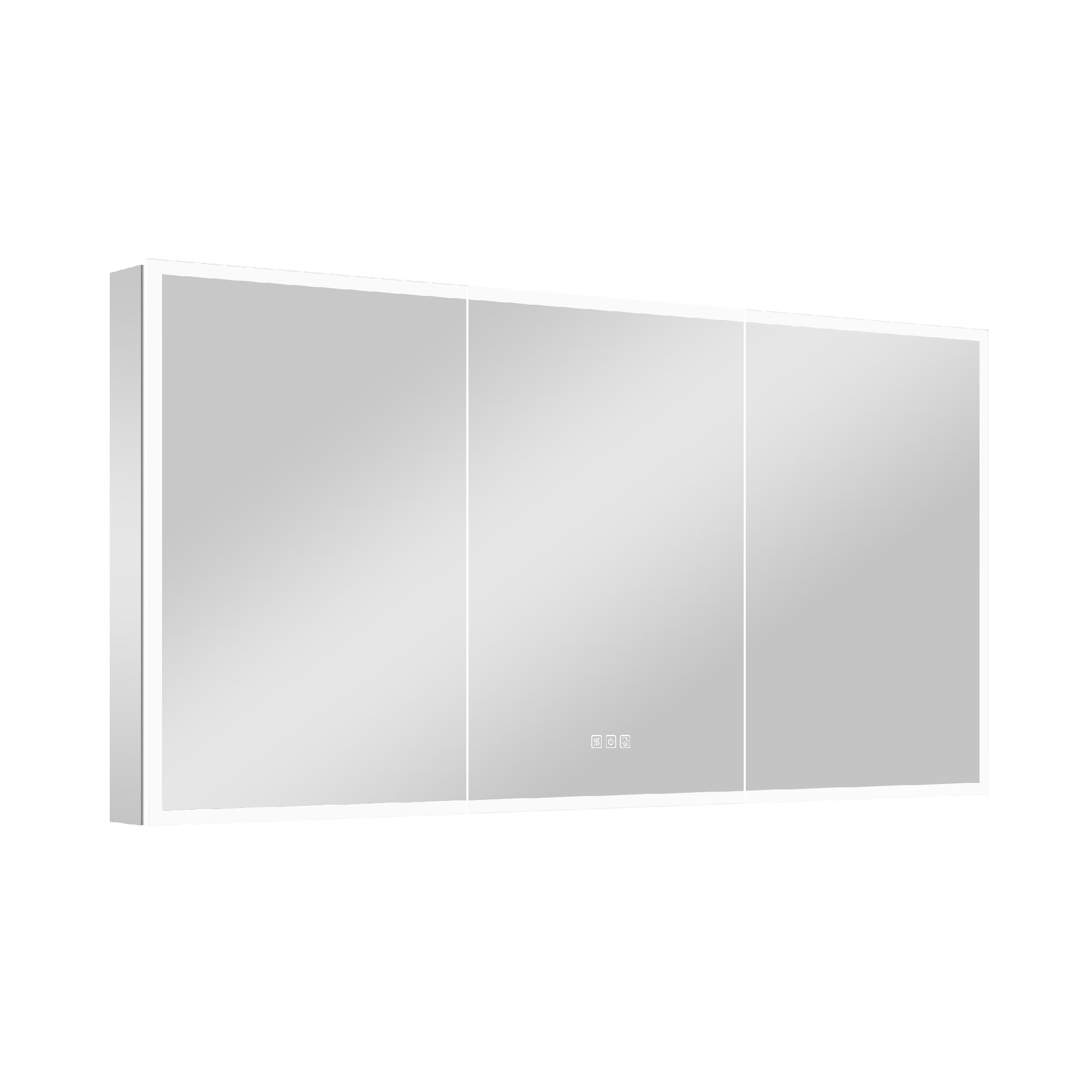
Leave a comment
This site is protected by hCaptcha and the hCaptcha Privacy Policy and Terms of Service apply.